
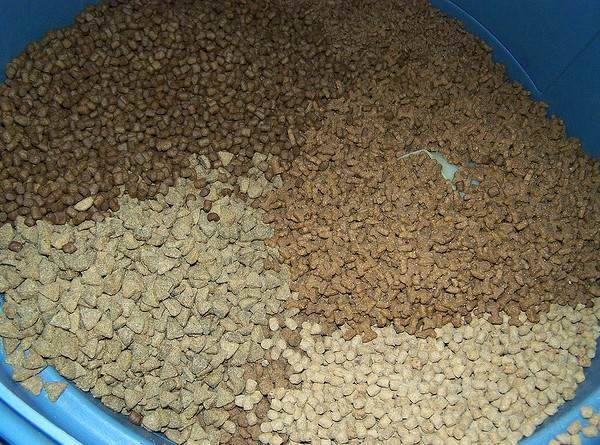
Have you ever wondered how your pet’s kibble is made? Whether they are formed into little balls or squares, or cut into fish and chicken shapes, just what goes into these formulas to create the flavored and colored food that your pet eats every day? The process of creating dry kibble is called extrusion; but first, let’s begin with the ingredients.
Walk down the pet food isle of any large grocery or pet store, or browse your favorite pet food supply website, and you will see that you have dozens, even hundreds of brands to choose from. Each of these products is based on a recipe that has been formulated by the pet food company. The recipe is then handed off to an animal food manufacturer, where the food is mixed, baked and bagged for sale.
While each brand has its own individual recipe, there are standards they must all adhere to, standards that are regulated by Association of American Feed Control Officials (AAFCO). All foods, regardless of brand, origin or recipe, are required to be complete and nutritionally balanced, so that all of the animals nutritional needs are being met by the ingredients included in the recipe. These ingredients include protein sources like beef, chicken and eggs, as well as grains, cereals, vitamins, minerals, and antioxidants. These ingredients are mixed together and pulverized in order to make a consistent dough that can be cooked.
Dog biscuits and cakes have reportedly been around since Roman times, and have been made commercially since the early 1800s. In modern times, the process of creating dry pet food is done by either baking or extruding. Originally created to produce puffed breakfast cereals, the machines that are used for the extrusion process are an efficient method for manufacturing large quantities of nutritious, shelf-stable pet foods. This process begins with the dough -- a mixture of raw dry and wet ingredients that are mixed together until they form a dough-like consistency. This dough is then fed into a machine called an expander, which uses pressurized steam or hot water to cook the ingredients.
While inside the expander, the material is under extreme pressure and high temperatures. The dough is then forced -- or extruded -- through specially sized and shaped holes (called die), where it is cut off by a knife. This process must be done while the dough is still compacted from the high pressure, since once the dough pieces have lost the effects of the high pressure, they puff up.
The puffed dough pieces are then passed through a dryer so that any remaining moisture is drawn out. The dough has now been transformed into kibble, which is sprayed with fats, oils, minerals and vitamins and sealed in packages before the fats and oils can spoil. Some nutrients are particularly important, such as the amino acid taurine. Taurine is naturally occurring in meat but is lost through the manufacturing process. For some time, the importance of this amino acid was unknown, but as indoor only cats and dogs became more common -- that is, pets that were not able to access fresh meat by hunting -- medical conditions such blindness and heart disease became more common as well. These conditions were later traced to taurine deficiency and it is now standard practice to add synthetic taurine to the post extrusion process.
Knowing how to read a label is an important part of choosing the right food for your pet. Some brands will use more grains and animal by-products than actual meat products. The ingredients are listed in descending order, from most to least. If you wish to feed a kibble with more meat than grain, and this is generally suggested, you will need to find foods that list meat as the first ingredient, with grain ingredients following. It is also important to note that dogs are more tolerant of grain ingredients. It has long been noted that dogs are omnivorous and thrive on a combination of meat, vegetable, and grain.
Conversely, cats are carnivorous animals and will not do well on diets that consist of high quantities of grain or vegetables. While some amount of grain may be used as a binder for kibble so that it holds its shape, it should be as minimal as possible. It is also possible to avoid grains altogether in your cat food by only buying foods that are labeled “grain free.”
Image source: Purrs & Paws of A.R.A.S. / via Flickr
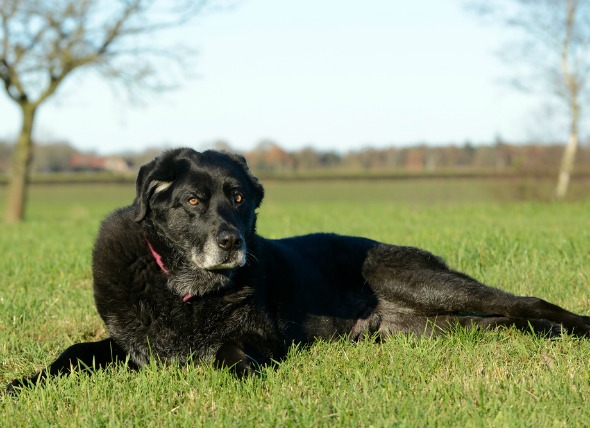 Euthanasia... What To Expect
By T. J. Dunn, Jr. DVM
You pick up that new
Euthanasia... What To Expect
By T. J. Dunn, Jr. DVM
You pick up that new
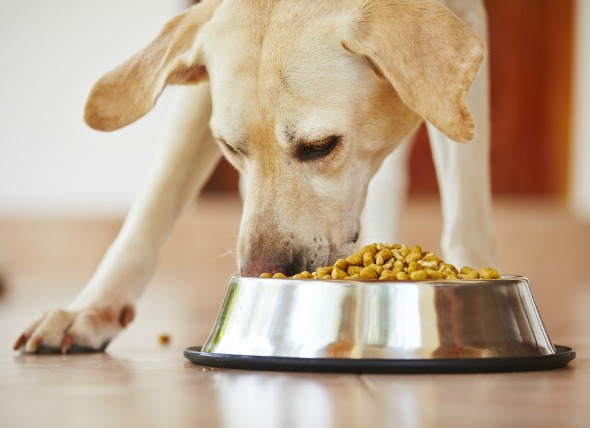 6 Signs it’s Time to Change Your Dog’s Food
Choosing a dog food can be a painstaking process —
6 Signs it’s Time to Change Your Dog’s Food
Choosing a dog food can be a painstaking process —
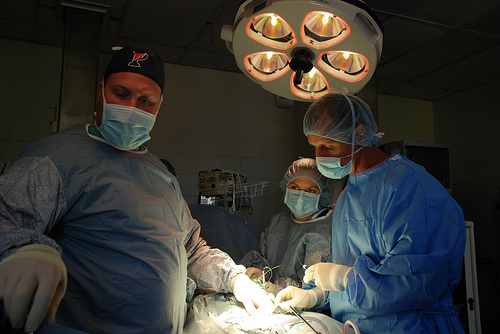 Elective Surgery: Should You Or Shouldn’t You?
By T. J. Dunn, Jr., DVM
Just before
Elective Surgery: Should You Or Shouldn’t You?
By T. J. Dunn, Jr., DVM
Just before
 6 Exercises You Can Do With Your Dog
By Andrew Daniels
Man’s best friend m
6 Exercises You Can Do With Your Dog
By Andrew Daniels
Man’s best friend m
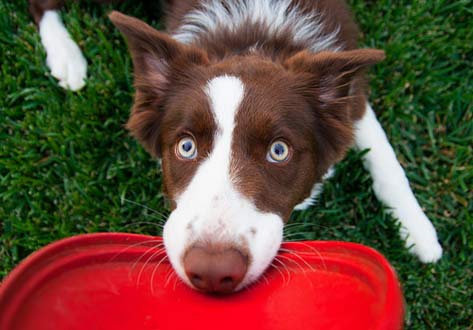 You, Your Dog, and a Flying Disc
Some dogs are just born to fly. You see them at the park,
You, Your Dog, and a Flying Disc
Some dogs are just born to fly. You see them at the park,
Copyright © 2005-2016 Pet Information All Rights Reserved
Contact us: www162date@outlook.com